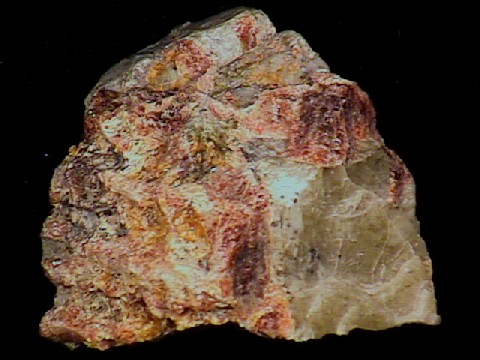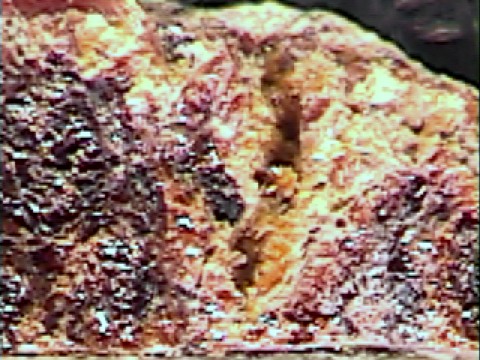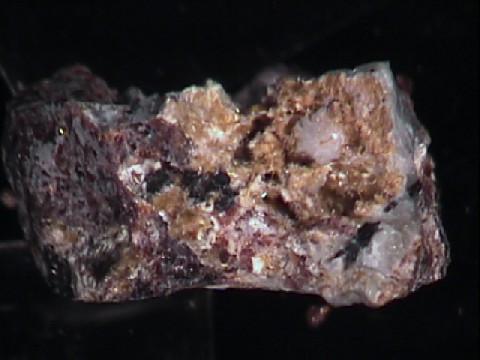 THE MINERAL RAITE
THE MINERAL RAITE
- Chemistry: Na4Mn4Si8(O, OH)24 - 9H2O; Hydrated Sodium Manganese Silicate Hydroxide.
- Class: Silicates
- Subclass: phyllosilicates and inosilicates
- Uses: Only as a mineral specimen.
Specimens
Raite is a bit of an oddball mineral in that its structure is hard to classify. It is classified as a phyllosilicate in the Dana classification scheme and as a inosilicate in the Strunz classification scheme. The structure of raite is composed of linked chains of silicates, four chains across. Dana considers this a sheet structure and therefore a phyllosilicate, while Strunz considers this to still be a chain structure and therefore an inosilicate.
Raite is another rare and beautiful agpaitic mineral. Agpaitic minerals are those found in unusual igneous intrusive rocks that contain alkali metals and high concentrations of unusual metals such as titanium and zirconium. These rocks are called agpaites and there are only a few localities around the world that are identified as agpaites. At two of these, raite is found; Mount Saint Hilaire, Quebec, Canada and Mt. Lovozero Massif, Kola Peninsula, Russia. At both sites, raite forms beautiful acicular crystals arranged in sprays, fans, spherulites, rosettes and as crusts. The color is golden-brown to red or even violet with a silky luster. It is associated with other rare minerals and although hard to find, it is certainly a cool mineral to have in a collection.
PHYSICAL CHARACTERISTICS:
- Color is golden-brown to red or even violet.
- Luster is silky to vitreous.
- Transparency: Crystals are transparent to translucent.
- Crystal System is orthorhombic; 2 2 2
- Crystal Habits include acicular crystals and aggregates are clustered into sprays, fans, spherulites, rosettes and as crusts.
- Cleavage is perfect, but rarely seen.
- Hardness is 3.
- Specific Gravity is 2.4
- Streak is yellow.
- Associated Minerals are
aegirine,
epididymite,
analcime,
albite,
villiaumite,
natrolite,
zorite , eudialyte, sodalite, sphalerite,ancylite ,nenadkevichite ,lovozerite ,mangan-neptunite ,penkvilksite , serandite and other rare minerals. - Notable Occurrences include the type locality of Yubileinaya pegmatite, Karnasurt, Mt. Lovozero Massif, Kola Peninsula, Russia and the famous mineral site of Mount Saint Hilaire, Quebec, Canada.
- Best Field Indicators are crystal habit, locality, associations and color.





